What are Anti-Ram Barriers | DOD- and DOS-Certified Solutions | Different Applications | Passive vs Active Barriers | Types of Anti-Ram Solutions | Protect Your Business When it comes to building security, the design of your perimeter security system is crucial. It determines who can enter and exit your property while protecting against potential intruders attempting to force their way in. Anti-ram security barriers are a key component in safeguarding your investment from external threats. In this article, we will explore the various types of active and passive perimeter security solutions you can install around your property to protect it, your employees, and visitors from unauthorized vehicles. The main purpose of anti-ram vehicle barriers is to protect against vehicle-related threats to an area. They offer two primary forms of protection: These devices are designed to stop any vehicle from entering a secured location at all costs. They can be manual or automated and are typically used in Class III or Class IV facilities. Anti-ram barriers protect against ram-raiding, which is when a driver intentionally crashes their vehicle into a building to gain access for theft or vandalism. The damage and loss caused by such incidents can be devastating for a business, making anti-ram barriers essential for many businesses. While these attacks often occur at night when buildings are unoccupied, they can also happen during the day, putting employees and visitors at risk. Additionally, accidental collisions due to reckless or drunk driving can also threaten buildings located near roads or sharp turns. Certain anti-vehicle barriers can prevent cars from veering off the road and crashing into buildings. These can be manual or automated and allow access to those with proper access control devices. They act as both a visual deterrent and a means to slow down potential intruders. Many cities have designated pedestrian areas like parks, walkways, and roads. To prevent vehicles from entering these areas—whether by accident or for criminal purposes—various barriers can be installed. These range from obvious options like bollards to more subtle ones like trees or reinforced street furniture. Anti-ram barriers are designed to meet requirements set by the Department of Defense (DOD) and the Department of State (DOS). Below are the details of these standards: In the 1980s, the Department of State introduced K-ratings, a crash test certification for gates, fences, bollards, and other barrier types. This rating measures how much stopping power a barrier has in relation to the weight and speed of a vehicle colliding with it perpendicularly. A standard K-rating weight is 15,000 pounds. There are three K-ratings: Since the introduction of K-ratings, ASTM International issued new standards, changing the designation to "M-ratings." This change was made to account for a broader range of factors, including different vehicle weights, velocities, and penetration distances. Vehicles weighing 15,000 pounds are classified as medium-sized (M) trucks under this system: ASTM also established penetration levels, which measure how far past the barrier a vehicle travels. This rating ranges from P1 to P4: An example of an ASTM rating is M50-P1, which indicates the barrier can stop a 15,000-pound vehicle going 50 mph, with the vehicle traveling no more than 3.3 feet beyond the barrier. Read More On Understanding Crash Ratings You’ve likely seen anti-ram barriers—also known as hostile vehicle mitigation barriers—in front of many public venues. Some common applications include: Anti-ram vehicle barriers fall into two categories: passive and active. Here's a closer look at each: Passive barriers are fixed in place and do not allow vehicles to pass through. They protect areas of the perimeter away from vehicle access points. Examples include: Active barriers are found at vehicular access control points in a perimeter barrier system. They can also be installed at entrances to parking garages or specific buildings within a site. These barriers can serve as inspection or screening points and can be operated to allow vehicle passage. Examples include: Several anti-ram solutions are available on the market, and the best choice depends on your building type and level of risk. Below are four of the most common solutions: Anti-ram bollards consist of a cylinder, usually made of steel, and are installed in the ground with a deep concrete footing for stability. They prevent vehicle entry while allowing pedestrians and cyclists to pass through. Bollards can also be made of reinforced concrete and steel sections. Anti-ram bollard systems must be designed to stop a vehicle quickly and avoid leaving openings for other vehicles to enter. You can customize bollards with ornamental steel, anti-rusting capabilities, and internal illumination. Keep in mind that traditional bollard installation may require digging several feet into the ground, so if there are underground utilities, consider shallow foundation bollards to avoid complications. If you're planning to install bollards, you'll need to choose between removable and fixed models. Learn more about the advantages and best uses of each below. These bollards can be retracted or removed manually or mechanically. If you only need occasional access control, removable bollards are ideal. They come with different locking mechanisms depending on your security needs. They can be installed and removed quickly, and they leave a ground cover lid behind, ensuring no damage to vehicles or pedestrians. Removable bollards are great for controlling crowds and vehicles during events or temporary situations. For example, you can place them in slots once a parking lot fills up or use them on streets to keep vehicles away from high-traffic events. One type of retractable bollard is a rising bollard, which functions similarly to a security gate. While some are hydraulic, TYMETAL bollards are manually operated, requiring less excavation, being smaller, and less prone to corrosion from moisture or debris. Unlike removable bollards, fixed bollards provide long-term security and protection. Depending on the model, you can mount them on a surface or embed them in the ground. They are best suited for permanent facilities with a higher risk of vehicle-based attacks, such as government buildings, airports, retail stores, warehouses, stadiums, and schools. One of the biggest benefits of fixed bollards is that they don’t require removal or reinstallation. They are also relatively easy to install, making them one of the most popular choices among security professionals. At TYMETAL, we offer a solution where you can incorporate both fixed and removable bollards in one line, allowing for vehicle access when needed. This hybrid approach provides flexibility without compromising security. Anti-ram gates are barriers that open and close automatically or manually to allow vehicles to enter and exit at high-security locations like military installations, correctional facilities, and airports. Examples of anti-ram gate systems include: Fences can also be designed as anti-ram systems. Anti-ram fences are an ideal solution for properties that require an exceptionally high level of security around their perimeters, either because they’re at a higher risk of an attack or their buildings contain extremely sensitive information. A common solution involves cable restraints, which are often placed within the fence at bumper height and can be concealed in planting. Bollards or posts hold the cable restraint in place. The combination of the bollard/post foundations and the resistance of the cable itself ensures a crash rating. Various Crash Rated options are available and determined by your threat assessment conducted at the site. Fences with cable systems allow a considerable amount of deflection before the intruding vehicle is stopped, meaning the vehicle can penetrate the perimeter partially before being stopped. How much deflection occurs depends on the distance between the concrete “deadman.†Our system does not utilize a deadman installation. Site conditions, combined with your threat assessment, will determine the recommended layout of the Anti-Ram Fence installation. Think of a drop-arm crash beam like a much stronger version of a barrier you would see at the entrance to a parking garage. It consists of a crash beam, support and pivot assembly, anchoring and locking mechanisms, and cast-in-place concrete buttresses. Crash-rated beams also feature an exceptionally strong steel cable, which connects to the buttresses when the arm is lowered. The arm is lifted and lowered with a pneumatic or hydraulic system or by hand with the help of a counter-balanced arm. Although you can obtain crash-rated drop beams for your property, they tend to perform less effectively than other active barriers. TYMETAL is the leading manufacturer of security gates in the United States, providing commercial security gates, correctional gate systems, and many other types of crash barriers. Since our founding in 1985, we've helped thousands of customers secure their properties with our advanced security products, which include: In addition to our high-quality pedestrian and vehicle gates, we also offer design services and will provide customized specifications and drawings for your project. We aim to give you the best security solution with the greatest lifetime value. Our most up-to-date specifications and drawings are always available on our site, and an experienced team of specification experts is available to assist with any of your custom project needs. As a complement to our gate designing and manufacturing services, we have recently added metal fabrication services to our offerings. As the top fabrication partner in New York, we work with clients throughout the Northeast and beyond, including Massachusetts, Connecticut, Rhode Island, Maine, New Hampshire, Vermont, Pennsylvania, New Jersey, and Delaware. TYMETAL’s metal fabrication services include: If you have any questions about our products or services or would like to learn more, feel free to reach out. You can fill out our online form or call us at 888-978-GATE (4283). Metal Spinning Copper Products,we have sing bowl,horn and so on. We also can make incense burner.And we can make it if you send us the design drawings. Copper processing Metal copper cover plate Water bowl Shaoxing Hui Da Metal Products Factory , https://www.syhdmetals.comAnti-Ram Barriers
Table of Contents:
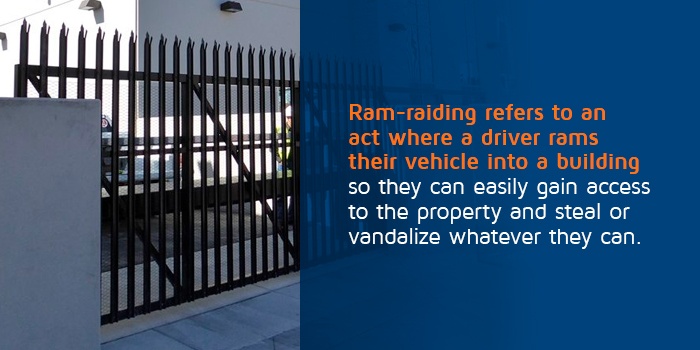
What Are Anti-Ram Barriers?
1. Crash Tested HVM (Hostile Vehicle Mitigation)
2. Perimeter Security Gates & Systems
DOD- and DoS-Certified Anti-Ram Solutions
K-Ratings
M-Ratings
Penetration Levels
Anti-Ram Barrier Applications
Passive vs Active Anti-Ram Barriers
Passive
Active
The Different Anti-Ram Solutions

1. Anti-Ram Bollards
Removable Bollards
Fixed Bollards
Mixed Arrays
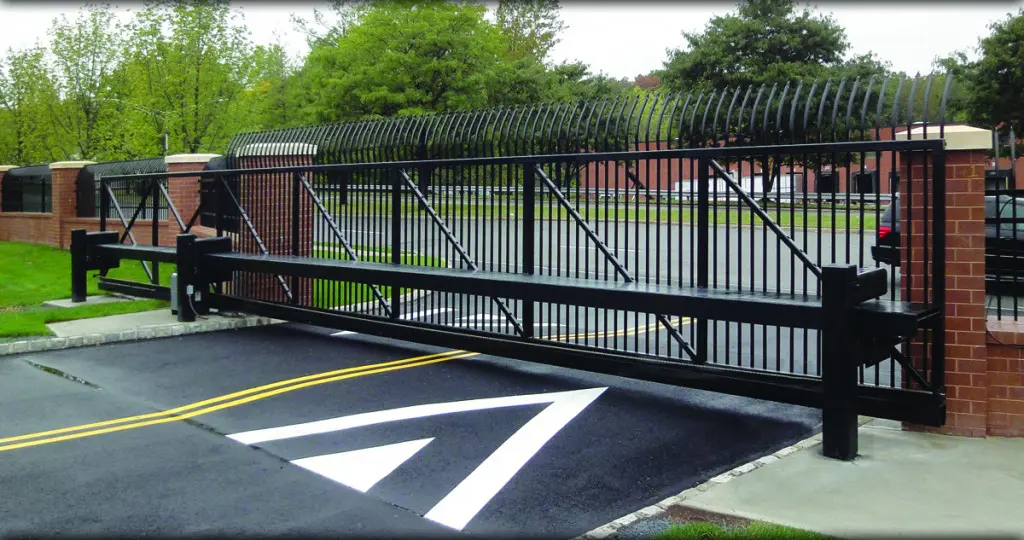
2. Anti-Ram Gates
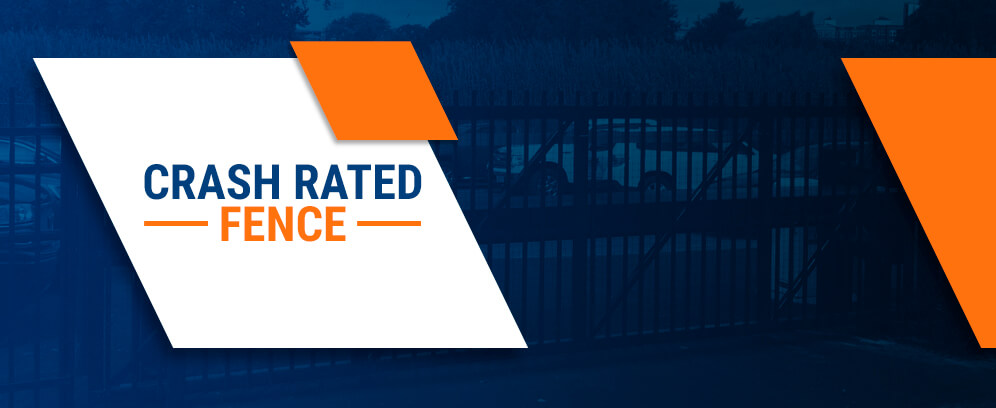
3. Anti-Ram Fences
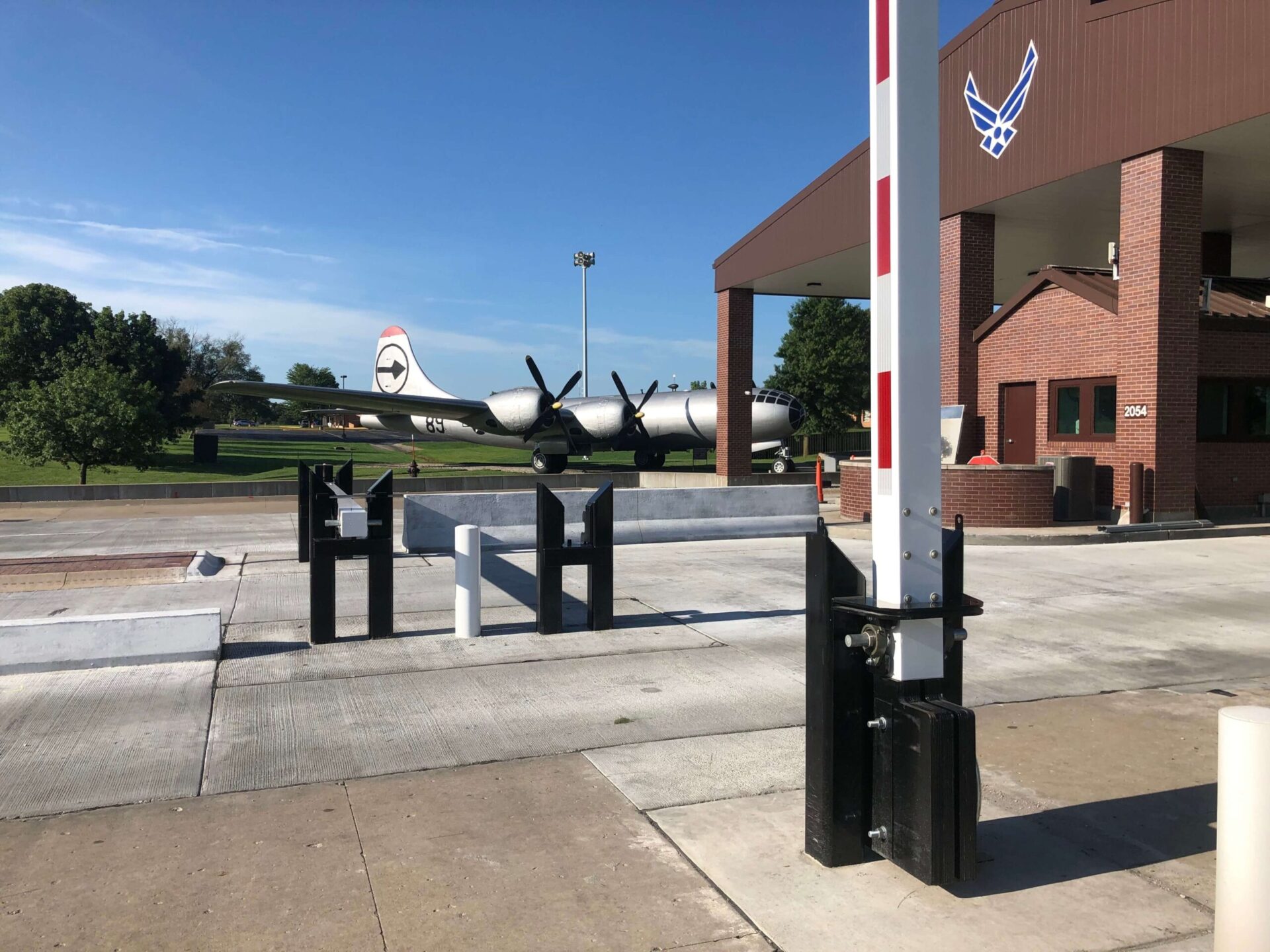
4. Anti-Ram Beams
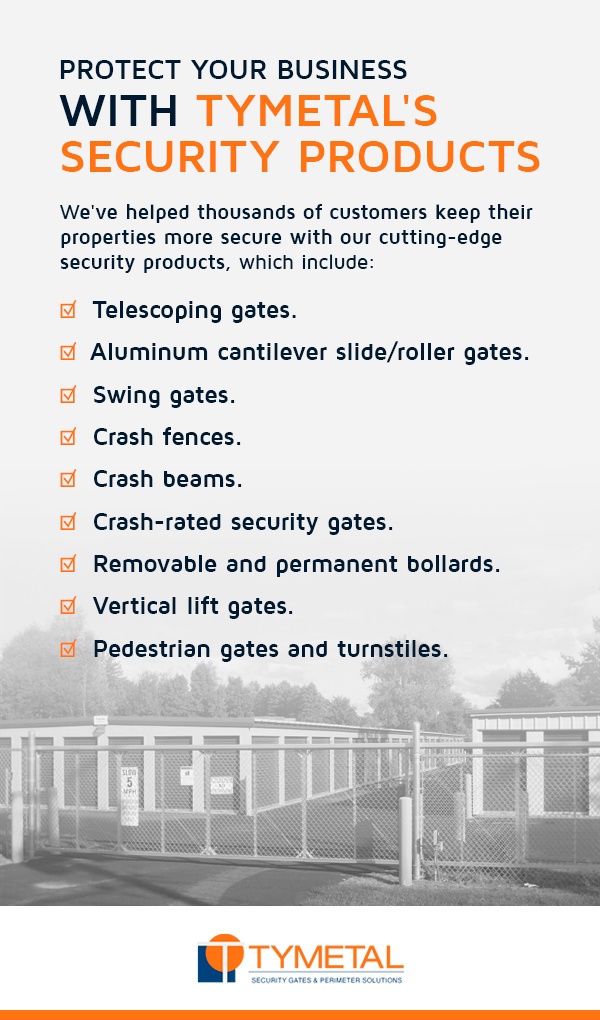
Protect Your Business With TYMETAL’s Anti-Ram Security Products
Customized Gate Design
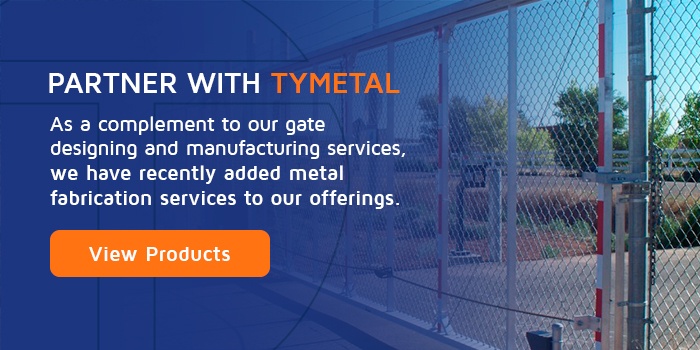
New York’s Number One Fabrication Partner